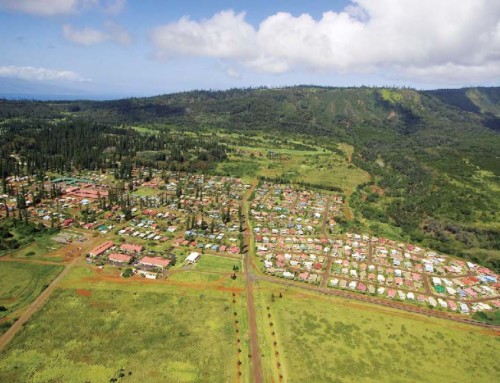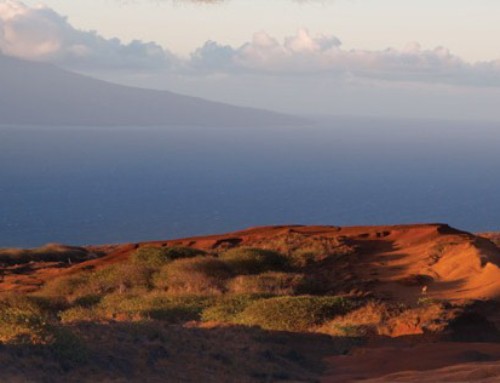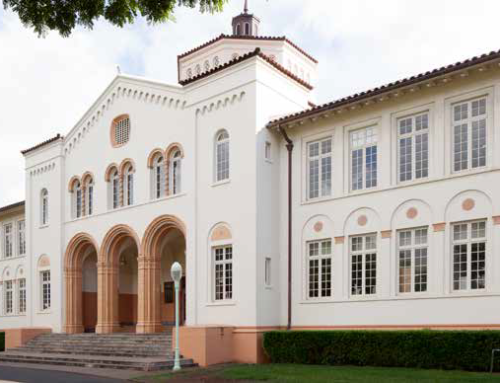Chalking petroglyphs, as shown in the photo, is one of the practices that have damaged these ancient carvings.
Photos: Courtesy of Kepa Maly
Article Written By: Jenny Quill, HONOLULU Magazine
What is it?
Located on a difficult-to-find, 3 acre section of land in central Lāna‘i, Luahiwa is one of Hawai‘i’s most significant Ki‘ipōhaku, or petroglyph, complexes, with close to 1,000 ancient stone carvings etched into the sides of boulders scattered across the slope. According to Kepa Maly, the executive director of the Lāna‘i Culture and Heritage Center, 95 percent of the drawings are of pre-Western-contact forms, including canoes, human shapes, animals, dogs, turtles and processions of men. “The other interesting thing about the complex” says Maly, “is that you can see that it has been used generationally. When one set of images were beginning to fade out due to centuries of exposure to weather, new images were put over them. You can still see the juxtaposing of image over image”.
What threatens it?
There are several environmental factors: A fire in October 2007 burned through the region, cracking the rocks; soil erosion resulting from the removal of vegetation has undermined the stones. Then there’s the human factor. In recent years, one of the ancient dog images was redrawn as a deer with antlers. People have also crudely carved their names into the boulders, while others have used acrylic, chalk or wax to make the carvings more visible for viewing and recording.
What can be done?
Maly would like to establish an area for boardwalk that leads to viewing platform outfitted with interpretative signage. This setup would ensure that visitors could still get a glimpse of the ancient stone carvings, and diminish the potential for additional damage. Maly would also like to secure funding for habitat stabilization, including the eradication of non-native guava, California grass and lantana and the slow transition to native clump grasses.
Unfortunately, there are currently no plans to do any of the above. Maly has met with members of the Lāna‘i Archaeological Committee to formulate a plan for stabilization and stewardship, but nothing has been finalized. Should they settle on a solution, their plans need to first be approved by Castle & Cooke, which owns the property. And with a tough economy and fewer grant dollars, funding is an issue.





